The cost of living: it’s all around us. But do you actually know how it’s being driven so high?
Allan Fels’ report from the Inquiry into Price Gouging and Unfair Pricing Practices was released earlier this month. You can read it in full here, but let’s cut to the chase.
The report looks at pricing practices by asking: How do businesses decide how much something should cost to a consumer? And is that process fair?
Spoiler alert: It’s not. Fels explains that because there are a bunch of markets in Australia that have very few main businesses (think airlines, supermarkets, banks…), there’s not much competition between them.
And a lack of competition equals an increased opportunity for those businesses to exploit the people who pay for their good and services.
To be clear, the pricing practices businesses use (i.e. how they go about getting more dollars from us) are not usually unlawful, but they do reflect a huge imbalance between consumers and the power of business.
Let’s break down some of the tactics they use the most:
Price Discrimination
Did you know that customers are often charged different prices for the same product, particularly online? Businesses draw on stores of personal data to decide that person A, for example, is more willing and able to pay more than person B, and therefore will target them with a higher price.
Drip Pricing
We all know this one. You go to book accommodation, an airbnb, or perhaps an airline ticket. The price is good at first glance, but soon enough all the extras start to add up as you go through the buying process; from booking fees to ‘complimentary’ services. This is ‘drip pricing’ and is one of the most misleading practices businesses used to reel in consumers. It makes it really hard to accurately compare between competitive offers too.
Loyalty Taxes
Have you ever come up to an insurance renewal and realised you could be getting a better deal if you were a completely new customer? This is called a ‘loyalty tax.’ A business will lure in new customers by offering a low initial price, or a one-time sign-up bonus, and then increase the costs in as time goes on, once you can’t easily tell, question, or renegotiate them.
Loyalty schemes
Loyalty schemes offer points or discounts to boost repeat business or encourage you to make the same choice you’ve made before – think frequent flyer or rewards programs. The problem with these is that so many people find that they haven’t earned, kept or been able to redeem their points in the way they expected.
Excuse-flation
Similar to ‘Greedflation’ (a word recently added to the dictionary!), ‘excuse-flation’ is where businesses use broader inflation trends as a ‘cover’ to justify higher prices for their own products, even if their own production costs have not increased accordingly. Basically, any excuse to continue to blame Covid-19 and other ‘inflationary pressures’ to justify their price hikes at this stage of 2024.
Confusion pricing
Ever been completely stumped by a pricing structure? Yup, that’s the point of this one: confusing consumers with a bunch of complex, feature-dense price plans, making it almost impossible to compare between providers.
Asymmetric pricing or ‘rockets and feathers’
Notice how the timing of prices rising doesn’t usually match the timing of prices falling? (Looking at you, petrol.) Price increases are like rockets – they go up with great speed. Price falls are like feathers – they float slowly to the ground. This practice of delaying price falls once costs have fallen can be super profitable for businesses – be on the lookout for this one as inflation comes down.
Algorithmic pricing practices
Believe it or not, more big businesses are setting prices by relying on algorithms, which has been shown to lead to higher prices overall in low-competition markets. No human input (or empathy) required. This is only going to get more common and complex with AI: the possibilities are endless, and scary.
We’ve touched on a few examples of some of these tactics, but stay tuned for another breakdown of the case studies which the report highlights as particularly vulnerable to price exploitation.
In the meantime, if you haven’t already: join your union. Union members will always be at the forefront of holding big business to account.












SHARE:
Eight ways big business are sneakily taking your money